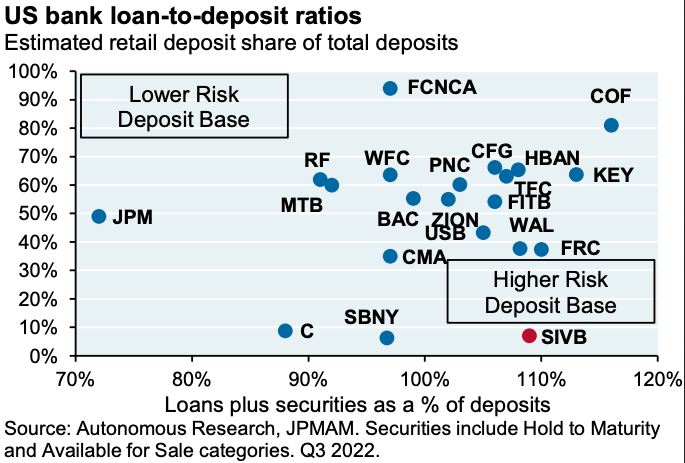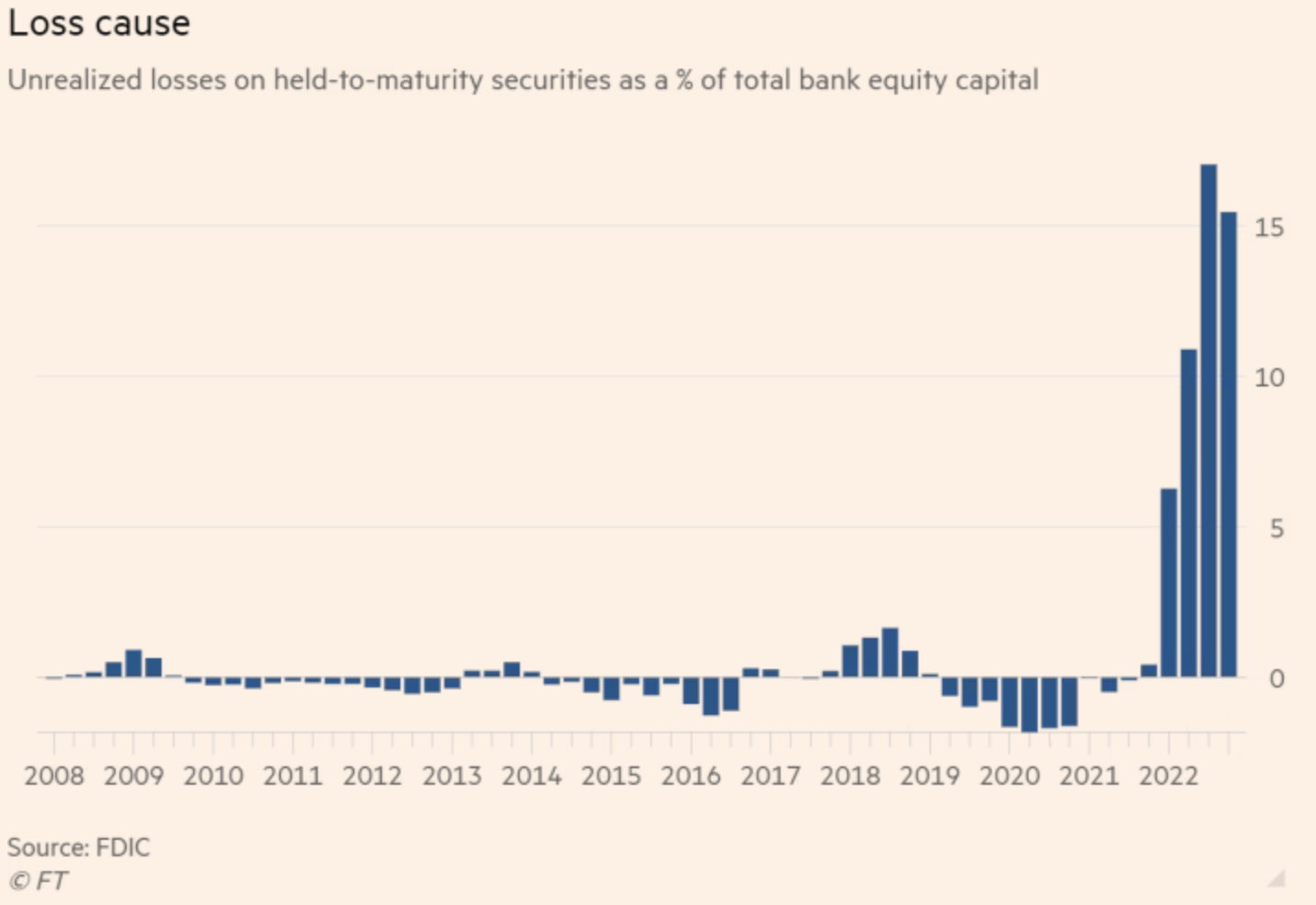Nvidia’s desktop AI supercomputer now available to the general public
Despite the recovery in US banks in the wake of the Silicon Valley Bank crisis, the country’s largest regional bank has popped up on our radar as having confirmed an unusually late earnings date which warrants attention.
U.S. Bancorp - The Latest Q1 Earnings Report Date Causes Concern
U.S. Bancorp (NYSE:USB), the largest regional bank in the US with roughly $600B in assets, confirmed a Q1 earnings date of April 25, the latest Q1 report date in our 20-year history of data. USB typically reports results for the first quarter anywhere from April 14 - April 20, and almost always on a Wednesday.
The April 25th date is a week later than anticipated and disturbs a long-running pattern of reporting the Wednesday after the megabanks, along with other regional bank peers. Academic research suggests that delaying an earnings date, especially after years of reporting in a predictive pattern, is indicative of “bad news” to come on the upcoming call, which is highly correlated with a drop in the stock price in the post-earnings drift.¹
Regional banks have remained in focus following the SIVB crisis as they also invested heavily, and sometimes recklessly, in treasuries and mortgage-backed assets while interest rates were low. That now makes them prime candidates for massive interest rate risk as rates have increased.
However, unlike SVB, which catered to a tech-oriented consumer base, USB has a higher retail share of its total deposits, which is generally seen as lower risk. They also have a higher number of insured deposits. Whereas ~90% of customer deposits at SIVB and Signature Bank were not insured by the FDIC, USB indicated that 55% of deposits were uninsured at the end of 2022.
This puts it somewhere in the middle of the regional bank pack, with names like KeyCorp (NYSE:KEY) (47%) and Zions Bancorporation (NASDAQ:ZION) (51%) at the lower end and First Republic Bank (NYSE:FRC) (68%) and Comerica (NYSE:CMA) (64%) at the higher end.²

Let’s also not glaze over the fact that it was revealed last week that U.S. Bancorp included a major typo in its 2022 year-end financial statements, making the bank’s loans look like they had increased in value when they actually declined.
A footnote declared the fair market value of its loans to be $368.9B vs. a carrying amount of $318.3B, suggesting growth of $50.6B. In fact, the carrying amount was $381.3B, therefore indicating a loss of $12.4B.
All Eyes on Banks’ Balance Sheets Next Earnings Season
In addition to the percentage of uninsured deposits, there are several other figures that investors will be looking for updates on in Q1 reports. One such figure is unrealized losses as a percentage of common equity tier 1 capital (a measure of financial health and ability to absorb unforeseen losses).
Unrealized losses represented 47% of tier 1 capital in U.S. Bancorp's most recent filings. For comparison, unrealized losses represent roughly 40% of tier 1 capital at First Republic Bank and Signature Bank, but a whopping 120% for SIVB.
Still, this high percentage has people talking about USB, most notably famed ‘Big Short’ investor Michael Burry who warned via Twitter that this, plus the high percentage of uninsured deposits, puts regional banks like USB at risk of a bank run in the current environment.
As you can see in the chart below, after accounting for unrealized security losses, USB’s CET 1 Capital Ratio just barely clears the 4.5% minimum required by Basel III regulation.

There are also balance sheet items such as held-to-maturity (HTM) securities and total loans that will be important to watch, especially as a percentage of total deposits. USB’s securities plus loans make up about 92% of total deposits.

Speaking of HTM securities, in an article published March 29, author Jonathan Weil points out that six big banks, including USB (JPMorgan (JPM), Wells Fargo (NYSE:WFC), Truist (TFC), PNC Financial Services (NYSE:PNC) and Charles Schwab (NYSE:SCHW)) together moved half a trillion dollars in securities from available-for-sale (AFS) to held-to-maturity (HTM) in 2022.
What is this important? AFS securities are left off the income statement but recorded on the balance sheet, giving a more accurate picture of the bank’s equity capital situation. HTM securities are held at cost and do not carry through the income statement or the balance sheet; therefore are not an accurate reflection of capital levels when the market value of the security changes.
While this is a completely acceptable accounting practice, it is nonetheless misleading. As interest rates have risen and the value of these securities has decreased, labeling them as HTM makes the hit to equity harder to detect.
Source: FDIC, Chart: Financial Times
Heavier Regulation Proposals for Regional Banks will Enter the Chat Once Again
In the fall of 2022, a group of Biden-appointed bank regulators proposed new rules requiring large regional banks to implement safety measures in case of a crisis like the one we’re seeing now. The proposed rules included requiring regional banks of a certain size to raise long-term debt to help offset losses if they become insolvent, a less stringent version of what is required by the mega-cap banks.
In a statement on October 14, the Fed announced they were indeed considering such measures due to recent mergers that had bloated the size of some regional banks into ‘too big to fail’ scenarios. The Fed solicited feedback, with many bankers and trade groups warning that such a move would unnecessarily increase costs for consumers and business borrowers. However, given the recent activity, this debate may be back at the forefront.
The Bottom Line
While the banking saga seems mostly shored up at this point, we’ll know for sure if there is more to the story when the Q1 earnings report. Traders will soon turn their focus to the parade of bank reports which start Friday, April 14, with JPMorgan Chase (NYSE:JPM), Wells Fargo (WFC), Citigroup (NYSE:C) and PNC Financial Services.
